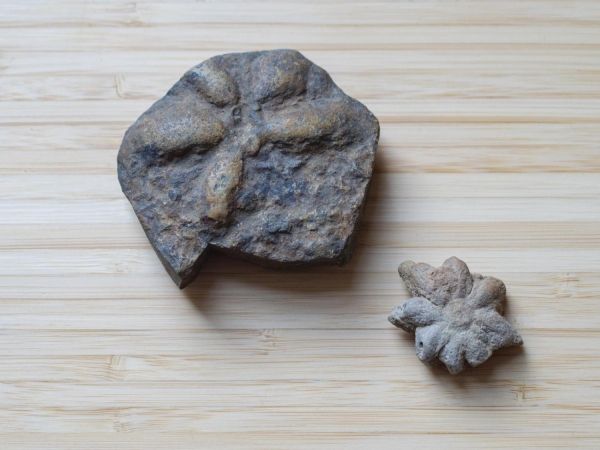A new study from CU Boulder finds that hundreds of millions of years ago, small single-celled organisms may have evolved into larger multicellular life forms to better propel themselves through icy waters.
The research was led by paleobiologist Carl Simpson and appears today in the journal The American Naturalist. It hones in on a question that’s central to the history of the planet: How did life on Earth, which started off teeny-tiny, get so big?
“Once organisms get big, they have a clear ecological advantage because the physics around how they capture food become totally different,” said Simpson, assistant professor in the Department of Geological Sciences and the CU Museum of Natural History. “But the hard part for researchers has been explaining how they got big in the first place.”
In his latest study, Simpson draws on a series of mathematical equations to argue that this all-important shift may have come down to hydrodynamics—or the pursuit of a more efficient backstroke.
Read more at University of Colorado at Boulder
Image: Top: Two fossils of Brooksella alternata (Credit: Glenn Asakawa/CU Boulder)


